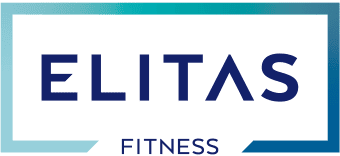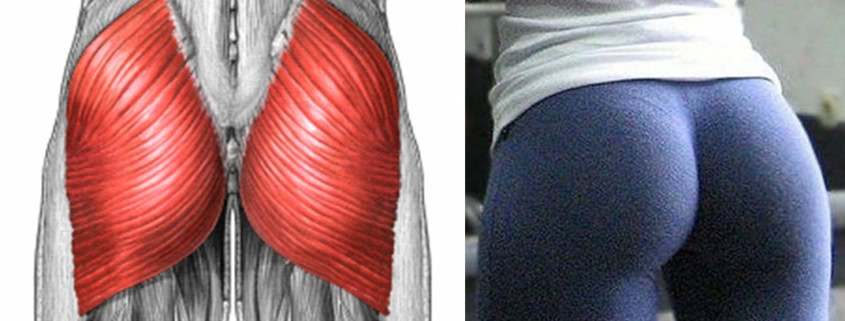The Importance of Glute Activation
Strong and properly functioning glutes will serve to improve your performance in any activity involving hip extension (e.g. squatting, deadlifting, running and jumping) and help prevent pain and injury from occurring to the knees and lower back.
The gluteal muscles are made up of three separate muscles that make up your butt! These muscles are:
- Gluteus Maximus
- Gluteus Medius
- Gluteus Minimus
Physiologically, the gluteus maximus is the strongest muscle in the human body!
The primary functions of the gluteal muscles are to:
- Abduct the hip
- Extend the hip
- Externally rotate the hip
They also play an important role in stabilising the sacroiliac joints.
Why is glute activation typically a problem for people?
Most people spend a huge proportion of their time in a position of hip flexion (sitting down). An inactive lifestyle is a sure-fire way to create glute dysfunction. Extended periods of time in this posture over the long term will lead to negative adaptations in the hip flexor muscles.
Shortened hip flexors don’t allow for full hip extension, which is where your glutes are able to contract with the most force. Additionally, being an antagonistic pair, short and tight hip flexors will actually inhibit your glutes. The actual physical compression associated with sitting on your gluteus maximus will also impair blood flow and neuromuscular function.
Another reason the gluteus maximus has a tendency to shut down is because this can be easily enabled by the body through compensation patterns. Most compound lower body movements can be performed by overworking other muscle groups: squats using the spinal erectors and quadriceps, and deadlifts using the spinal erectors and hamstrings. If you often experience hamstring cramp or lower back discomfort when performing simple glute bridges then this is you!
When we begin working with a new client for the first time, glute function is one of the very first things we address and almost always we find issues. We have to address the issue of glute activation by utilising specific exercises, stretching out the hip flexors and teaching effective mental cues.
How does a weak gluteus medius cause back pain?
When you are walking or running, as you plant your left foot your left gluteus medius is responsible for controlling the height and stability of the right side of your pelvis. If this muscle is weak and not functioning correctly, the right side of the pelvis will dip, causing side-bending of the lumbar spine, resulting in compression of the left side facet joints and intervertebral discs. Over time, many repetitions of this pattern can lead to damage to structures and chronic pain.
In the same scenario, the body can try to compensate for the weak gluteus medius by over-working the quadratus lumborum muscle of the opposite side. This means when planting the left foot the weak left gluteus medius causes the right quadratus lumborum (muscle to the side of the lower back) to tug upwards on the right side of the pelvis to stabilise the lumbar spine. This pattern of compensation will eventually lead to shortening of the muscle, resulting in trigger points and pain.
How to address weak and dysfunctional glutes?
It is important for most people to perform hip flexor stretches and glute activation exercises as frequently as possible, especially prior to exercise.
Two important static hip flexor stretches:
- Half-kneeling hip flexor stretch
Statically contract the glutes on the side that you are stretching
- “Sofa stretch” for the rectus femoris
Flexion at the knee targets the hip flexor that crosses both joints. Statically contract the glutes on the side that you are stretching
Five important glute activation exercises:
- Double-leg glute bridge
Do not hyperextend the lumbar spine
- Side lying hip abductions
Do not let the pelvis roll backwards
- Side lying clams
Do not let the pelvis roll backwards
- Quadruped bent leg hip extension
Flex and extend from the hip. Keep the lumbar spine neutral throughout
- Monster walks
Forwards, backwards and side-to-side walks with a strong glute band around the knees
Adding a strong and high quality glute band to any double-leg lower body compound exercise in your warm up will serve to increase the activation of your gluteus medius. Here is a link to the product we use with our clients at Elitas.



